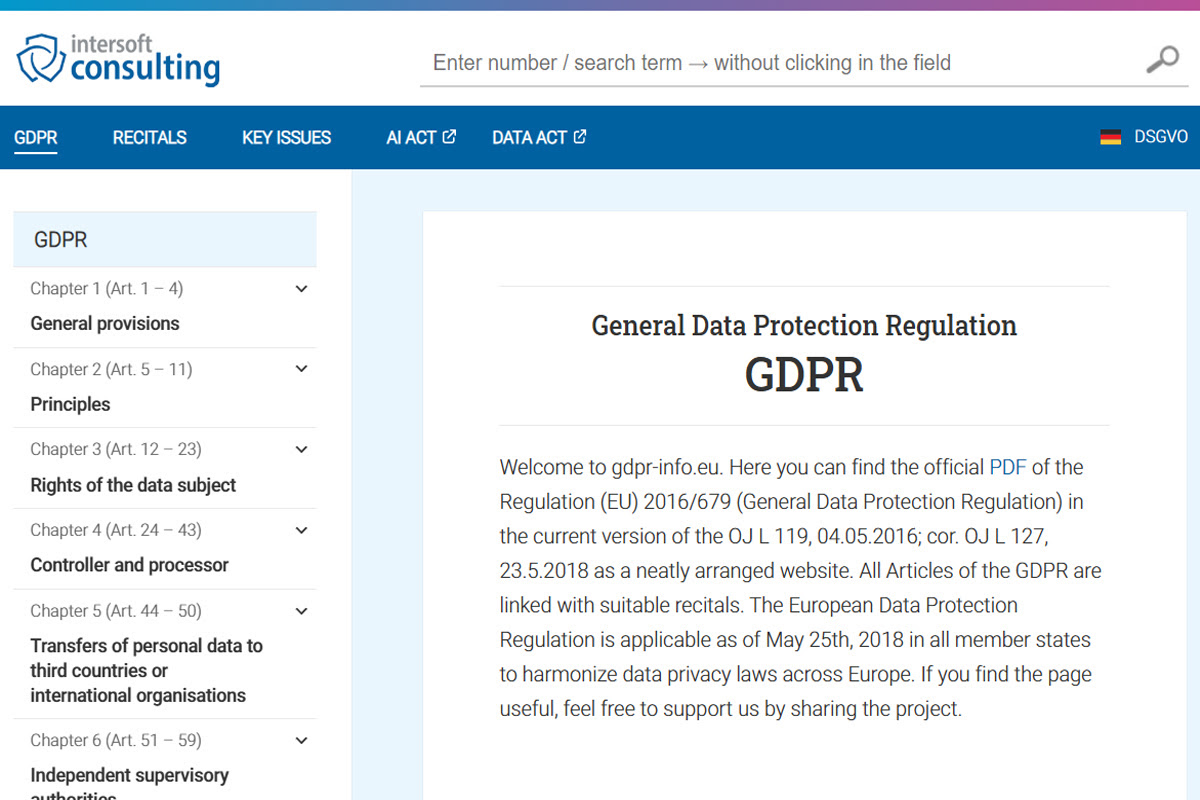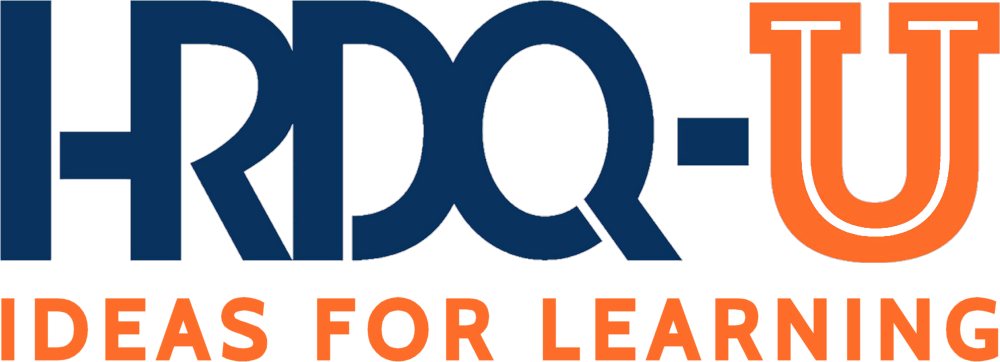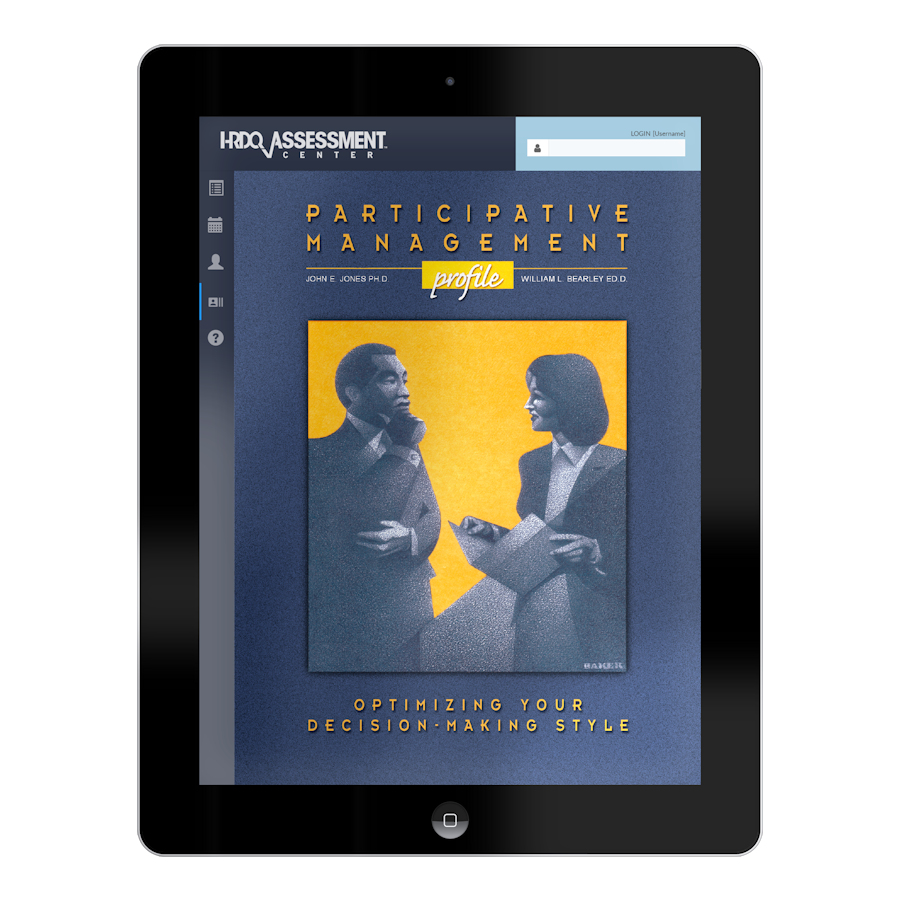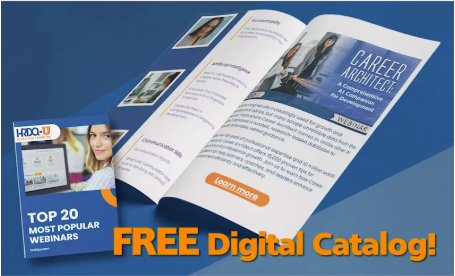Where Your L&D Data Actually Lives
Most organizations have a decent sense of where their L&D data sits, or at least they believe they do. It’s tempting to believe that everything lives in your main learning management system and leave it at that. But learner data has actually spread across far more systems than anyone wants to admit. Learning experience systems are a great place to see this in action. They track how much time employees spend on each page. They know which videos get replayed the most. They watch the forum activity and monitor how employees give feedback to one another.
Then there are all the smaller tools that teams don’t think about. That Mentimeter poll from last week’s workshop collected everyone’s email addresses along with their answers. The Kahoot quiz that you ran has user nicknames and all their performance scores saved somewhere. Your advanced new AI coaching tool keeps track of the conversation patterns and identifies skill gaps for each employee. Every one of these systems has its own little bit of your learners’ information.

Shadow IT in the L&D department creates an even bigger headache. Your sales team may have decided that Loom was great for quick training videos. Customer service could be relying on a WhatsApp group to swap tips and best practices. These unofficial tools don’t usually have the right data controls in place. But they still handle sensitive employee information each day.
The standard data mapping templates just can’t keep up with this level of messiness anymore. What you actually need are visual flow diagrams that show the exact path that information takes through your entire ecosystem. Follow the enrollment data from the very beginning and trace where it goes. Watch how it eventually turns into stored certificates 5 years later. Document every connection point along that path. The documentation process certainly eats up time. But it also shows connections between the systems that seemed unrelated before.
Different Training Data Has Different Risks
L&D data audits can be hard to manage because every type of training information comes with its own privacy problems. Some data barely matters at all. Other data requires a lot of protection. Performance assessments are a perfect example of high-stakes data. These actually fall under GDPR Article 9 as special category data whenever they show health conditions. An employee might fail safety training multiple times because of a visual impairment. Suddenly, that assessment data has become health information, and it changes everything about how you need to handle it.

The Dutch Data Protection Authority laid out new guidelines in 2023, and they’re watching organizations closely. Their main concern is how organizations analyze employee behavior through their learning systems. The days of treating all L&D data the same way are over.
Skills inference data comes with a whole different set of privacy problems. Learning management systems are always collecting data on everything that you do inside them, from how long each module takes you to finish to how many quiz attempts you need. An employee who needs five attempts to pass a test that their coworkers can nail on the first try has just revealed something about themselves that they probably didn’t mean to share. These data points add up over time, and the system slowly assembles a profile of how each person learns and processes new information.
Peer feedback and social learning data deserve more attention than they usually get. Employees comment on one another’s work all the time in the learning forums. Collaboration features let them interact in ways that create permanent records of workplace relationships. All this data can accidentally expose bias patterns or discrimination problems that nobody saw coming.
A strong risk matrix needs to account for these different data types and the actual harm that they’d cause. A failed compliance training record carries much more weight than someone’s browsing history in the optional course catalog. One puts their entire career at stake, and the other just shows that they’re interested in marketing or project management!
Vendor Contracts for Your Learning Technology
Most learning departments these days are working with at least twenty different technology vendors – it’s a whole lot of vendors to stay on top of, and they all have their own particular way that they want to store and manage your employee data. You have to somehow track it all, and that’s right where it starts to get pretty messy. Compliance turns into an absolute nightmare because you can’t simply create one set of data laws and apply them across all these different systems.
Virtual training tools have their own specific set of problems that you need to know about. Zoom ended up paying $85 million back in 2022 for privacy violations that occurred at training sessions. You really need to look at every video platform your team uses for workshops and webinars. An $85 million settlement is a big deal. Standard vendor contracts almost never work for learning technology vendors without some pretty significant revisions. They’ll fight you on data processing agreement clauses that other software businesses wouldn’t even question. They especially hate it if you ask them to name their sub-processors, and they’ll do everything they can to get out of explaining how learner data actually helps to improve their algorithms.

A bigger issue that flies under the radar is when employees sign up for free learning tools with their work email and never tell anyone about it. These shadow relationships are dangerous for compliance because you literally have no idea that they even exist. It’s impossible to manage the vendor relationships if you don’t know about them in the first place.
Standard IT vendor assessments are going to miss plenty of the particular problems that learning tools have. Your IT team probably won’t ask the vendors about who owns the content that learners create in forums. And they probably won’t check if the vendor has permission to use your employee data to train their recommendation algorithms. These issues are very important for compliance, but generic assessment templates won’t flag them at all.
Perpetual license agreements also deserve extra scrutiny. A lot of them fail to specify when vendors have to delete your data after the contract ends. Some of them don’t even mention how the deletion process works!
Data Retention Rules for Your Organization
When employees complete courses, their learning data has a funny way of spreading throughout your entire organization. Your LMS definitely holds all the main records. But then your HRIS also keeps its own copies for payroll and compliance reasons. And of course, your backup servers are storing everything all over again because that’s what backup servers do.
This data sprawl turns into a massive problem when an employee asks you to delete their information. You could remove all their records from the LMS pretty easily and feel satisfied about it. But then there’s that analytics dashboard that nobody actually owns, and it still shows their quiz scores from 3 years ago. Your data warehouse has already aggregated all its results into trend reports months ago. Now those individual records are mixed into datasets that would just fall apart if you tried to extract them.
Privacy and compliance regulations definitely don’t make your life any easier here. OSHA has this requirement that you need to hold onto hazardous material training records for 30 years. At the same time, GDPR is telling you to delete personal data when you no longer have a legitimate reason to hold onto it. These two requirements contradict one another. When an employee in Germany completes your chemical safety course, determining which regulation takes priority becomes a real challenge.

A retention matrix is probably the only way to make sense of all these competing requirements. First of all, you need to find all the different types of learning records in your system. Certification completions are different from those of an employee who just watched a random video at lunch. Compliance training has to stay in your system much longer than that optional spreadsheet course that an employee took last summer. Your matrix needs to be very specific about retention periods for each category and to document why you chose those timeframes.
Old course versions are another nightmare that everyone tends to ignore. That harassment prevention module from 2019 that you replaced 2 years ago may have its course archived. But those learner comments and quiz answers are probably still embedded directly in the content files. These abandoned records just sit there in your content library for years after the actual course stopped being available to learners.
I see organizations all the time that are defaulting to the “keep everything forever” strategy because deletion feels risky and complicated. The irony is that hoarding all this data actually puts you at much greater danger and makes you far less compliant with modern privacy laws.
Who Can Access Your Learner Data
Data access requests can spiral out of control when your learning data lives in five different systems. Most organizations store their LMS in one place, while their performance database sits somewhere different. HR or legal will eventually need a training history export that actually makes sense to them. I’ve seen simple requests turn into multi-week projects because there’s no simple process in place. You end up spending days just figuring out where all the data lives. Then you spend even more time trying to piece it all together into something usable.
British Airways found out just how expensive poor data management can be when it got hit with a $24 million fine from the ICO. Their main problem was that they had no control over who could access what data or when they were accessing it. While your L&D department probably won’t face penalties quite that big, the same fundamental principles still apply to your organization. Every bit of learner data needs to be mapped out, and you need to know who has permission to view it.

Some of the toughest requests actually come from internal managers who want to have all the learning analytics for their teams. Of course, they need visibility into the completion rates and the compliance training status for their direct reports. What gets tricky is when they want to see all the quiz scores and failed attempts that their team members have ever had. There has to be a sensible boundary between legitimate business needs and protecting learner privacy.
Former employees bring their own problems with data access requests. An employee who left three years ago calls and needs their certification records for a new job. They don’t have their company credentials anymore, so how do you verify that they’re actually who they claim to be? A strong verification process helps keep everyone protected and makes sure that data doesn’t wind up in the wrong hands.
Apprenticeship programs have their own particular requirements that you need to know about, especially because a lot of the participants are still under 18. Younger learners get extra privacy protections under the data laws, and you have to treat their information differently from how you would for adults. Parents and legal representatives also get a say in how you manage this data and might even have the right to access it themselves.
When AI Decides Your Training Path
AI has changed the way that corporate learning systems work, and the changes are pretty big. The software itself is actually the one figuring out which employees need which training modules and when they should finish them. The algorithms are always in the background, quietly looking at skill gaps and making predictions about future performance. The problem is that nobody fully understands the logic behind these automated decisions. The EU has already moved way out in front on this issue with its proposed AI Act. Under the new regulations, any AI system that has an effect on employment automatically gets classified as high risk. What that means for your company is that you’ll need lots of documentation for your learning platform if it relies on AI to recommend career development opportunities to your employees. Most modern systems do that, and this puts a lot of organizations in a tough position.
With your audit, you should examine three particular AI decisions. First up is the skill gap evaluation feature – the way that it analyzes and compares capabilities across your entire workforce. You’ll also need to check how the platform creates learning recommendations for employees who have nearly identical job titles. The predictive performance algorithm could be the trickiest part to check. It forecasts future success based on employee activities and behaviors.

Vendor transparency is a big obstacle in this process. Most vendors that build these systems refuse to explain how their algorithms actually work. They’ll tell you it’s all proprietary information that needs to stay protected as trade secrets. Even with these limitations, you still have to document everything you can see and measure about the system’s behavior. You should make a list of all the algorithms your platform uses. Write down what data goes into each algorithm and what decisions come out the other end. You’ll also need to track down where the training data actually came from and look closely at any patterns that might create bias along the way. Soft skills assessments need more scrutiny here because they usually just measure cultural fit instead of real ability or competence.
The most frustrating part about this whole situation is that these models never stop changing. Every time an employee completes a course or submits a content rating, the algorithm absorbs that information and makes small adjustments to its behavior. The documentation that you assembled last month could already be out of date. Traditional compliance methods just weren’t designed for handling this type of situation, where the ground keeps shifting underneath you.
Privacy Builds Trust in Your Organization
The first setup takes some effort and time. After that, it just turns into another part of how you do business. The bonus is that these protections actually make your L&D programs improve overall. Employees see that you take their privacy seriously, so they’re more willing to participate in the training.

Data privacy and organizational trust are connected in ways that most businesses don’t fully understand until they see it in action. Every time you protect learner data well, you’re telling your employees something that matters about your company culture. You’re showing them that they matter as people. This builds momentum in a positive direction. Trust grows and participation increases. Better participation lets you get more valuable data to work with. That data then helps you design learning experiences that actually help employees out. It’s also a smart strategic move for the business.
Privacy protection is actually just one part of a much bigger picture around workplace trust. HRDQ-U has some excellent resources that help you strengthen these two areas at the same time. One webinar worth mentioning is Trust Me: Moving Trust from a Catchphrase to Action because it walks you through some practical ways to actually create trust throughout your company.
There’s also the Participative Management Profile from HRDQstore that you might find valuable. This assessment looks at the way leaders handle decisions across 20 different workplace scenarios, and it shows them where they’re strong and where they’d use some work. Leaders can learn the right moments to bring their teams into the decision process. They can pick up strategies that help them build trust and buy-in without sacrificing the quality of results they get through collaboration!




































